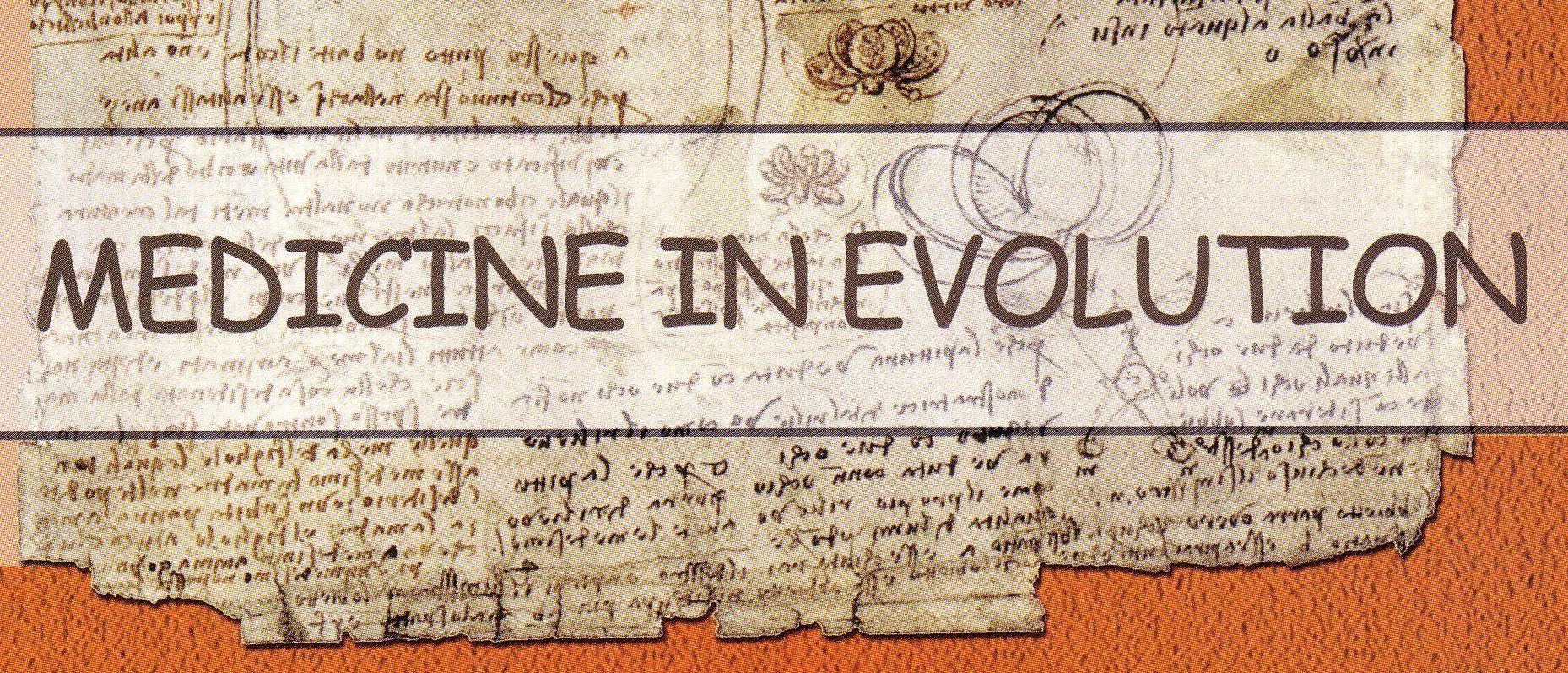|
Medicine in evolution
|
- Abstract - Aim: The main goals of our study are: evaluation of the bacterial strains’ resistance to anti infective chemotherapy in 2009 and analyzing the correlation between this resistance and the antibiotics need in the Intensive Care room of Emergency Clinical Hospital from Timisoara County. Material and method: The present study included 1408 patients. The classes of antibiotics considered were: cephalosporins, fluoroquinolones, aminoglycosides and carbapenems, drugs also prescribed in bacterial infection therapy and prophylaxis. For each patient there has been made up a personal file which included: age, diagnosis, the pathological probe gathered, the identified germ, the antibiogram, the antibiotic that was used (dosage form, dose, administration frequence / day, therapy duration). The antibiotic use was appreciated using the DDD/1000 patients/day. Results: The carbapenems, IVth generation cephalosporins, fluoroquinolones and imidoazole derivatives were more used than other classes. For three important bacterial species: Klebsiella pneumoniae, Escherichia coli and Staphylococcus aureus, can be noted a direct, strong and statistically significant correlation between the overall antibiotic use and the evolving trend of the identified strains’ resistance. The strongest correlation could be seen for the S. aureus strains, where the resistant germs percentage’s evolution was in accord with the antibiotic consumption.
Conclusions:
The analyze of global consuming, reported on
monitored antibiotics classes, reveals the direct,
positive correlation between the overall antibiotic
preparations’ use and the evolving trend of the
identified strains’ resistance. The degree the
correlation varied from low to very strong, based on
the bacterial species.
Webmaster: Creanga Madalina |
|---|
